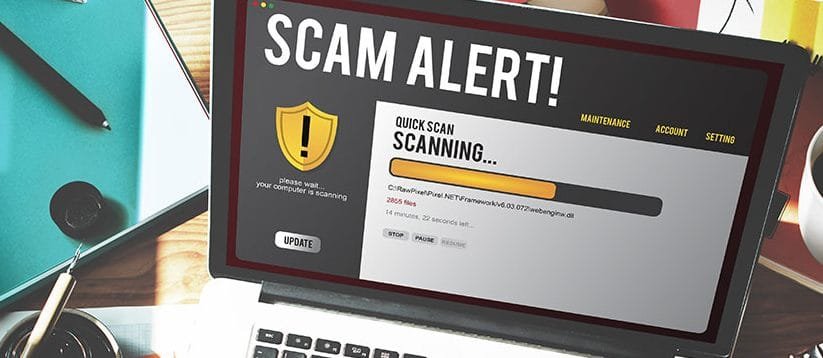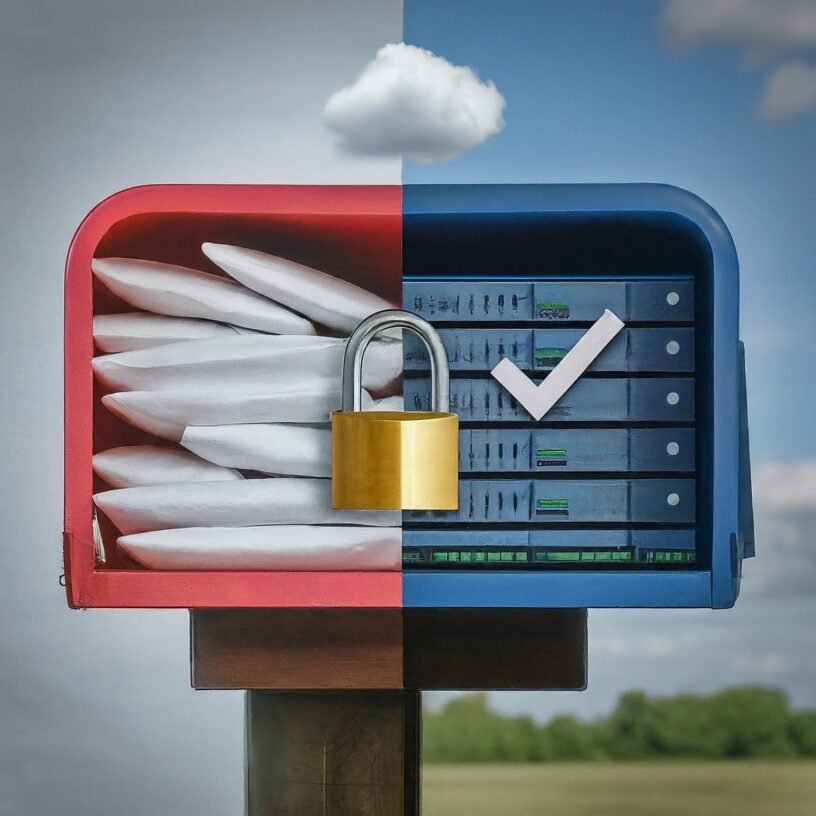Table of Contents
Introduction – Email Security
So you’ve taken the plunge and migrated your email to the cloud – congratulations! It’s a great move for scalability, accessibility, and overall efficiency. But hold on a second, have you considered the new security landscape you’re entering? Just like moving to a new neighborhood, there might be a few security tweaks you need to make to ensure your inbox stays a fortress.
Email Security Challenges
Let’s talk about some of the email security challenges that can crop up after a cloud migration, and how to tackle them like a pro:
Challenge #1: Misconfigured Cloud Settings – Leaving the Backdoor Open
Imagine this: you’ve moved to a swanky new apartment building, but you haven’t changed the default lock codes on the main entrance. Yikes! In the cloud, misconfigured settings can be like those forgotten codes. Accidental breaches happen – a public storage bucket instead of a private one, or overly permissive access controls.
Example: You’ve migrated your email to Gmail for Business. In the excitement, you might forget to disable IMAP/POP access, which are older email protocols that could leave your inbox vulnerable if not secured properly.
Solution: Before migration, take a deep dive into your cloud provider’s security settings. Familiarize yourself with access controls, encryption options, and data sharing policies. Don’t be afraid to reach out to their support for guidance – that’s what they’re there for!

Challenge #2: Shadow IT – The Emails Hiding in the Cloud
We’ve all heard of shadow IT – unauthorized apps and services used by employees outside the IT department’s purview. In the cloud, this can translate to rogue email accounts set up on free services like Yahoo Mail or ProtonMail. These accounts might not have the same security protocols as your official cloud email system.
Example: A salesperson might be using a free Gmail account to share sensitive customer information with colleagues, bypassing your company’s email security measures.
Solution: Implement strong email authentication policies like two-factor authentication (2FA) to make it harder for unauthorized users to access any email account, official or not. Educate your employees about the dangers of shadow IT and the importance of using approved email services.
Challenge #3: Increased Attack Surface – More Ways for Hackers to Get In
Think of your old email system as a quaint mom-and-pop store. Now you’ve moved to a sprawling shopping mall – that’s the cloud! While the mall offers more options, it also creates more entry points for criminals. In the cloud, your email might be vulnerable to new attack vectors like phishing scams designed to exploit cloud-specific vulnerabilities.
Example: A hacker might send a cleverly disguised email that appears to be from your cloud provider, tricking you into revealing your login credentials. Once they have those, your entire inbox is up for grabs.
Solution: Stay vigilant about phishing attempts. Cloud providers will never ask for your login credentials via email. Train your employees to spot suspicious emails and avoid clicking on unknown links or attachments. Consider implementing additional email security tools like spam filters and malware scanners.
Conclusion
Moving to the cloud doesn’t have to be a security nightmare. By being aware of the challenges and taking proactive steps, you can ensure your email stays safe and sound in its new digital home. Remember, email security is a continuous process, so stay informed and keep those digital doors locked tight!




3 Pingbacks